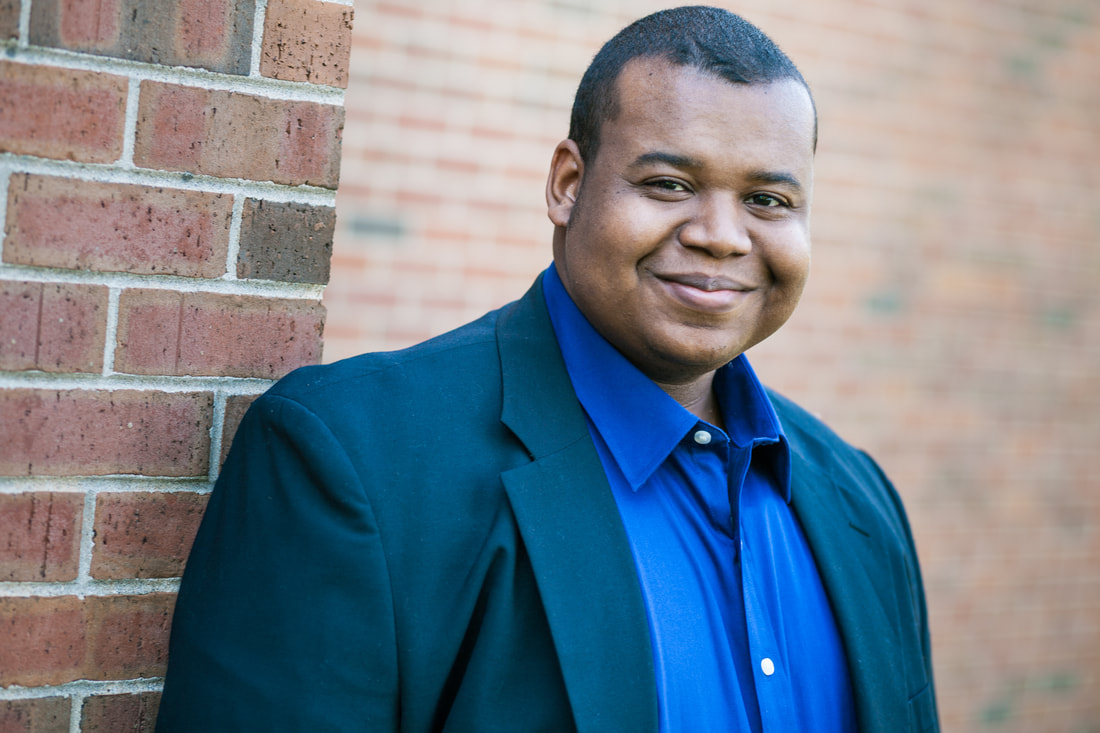URBAN PLAYGROUND DIGITAL
Welcome to our collection of digital resources:
This includes video (Composer Shorts, Listening Guides, & Live Performances), Urban Playground Editions (our publishing arm), and Program Notes.
Please also feel welcome to reach out to Dr. Cunningham and Urban Playground here with any questions.
This includes video (Composer Shorts, Listening Guides, & Live Performances), Urban Playground Editions (our publishing arm), and Program Notes.
Please also feel welcome to reach out to Dr. Cunningham and Urban Playground here with any questions.


